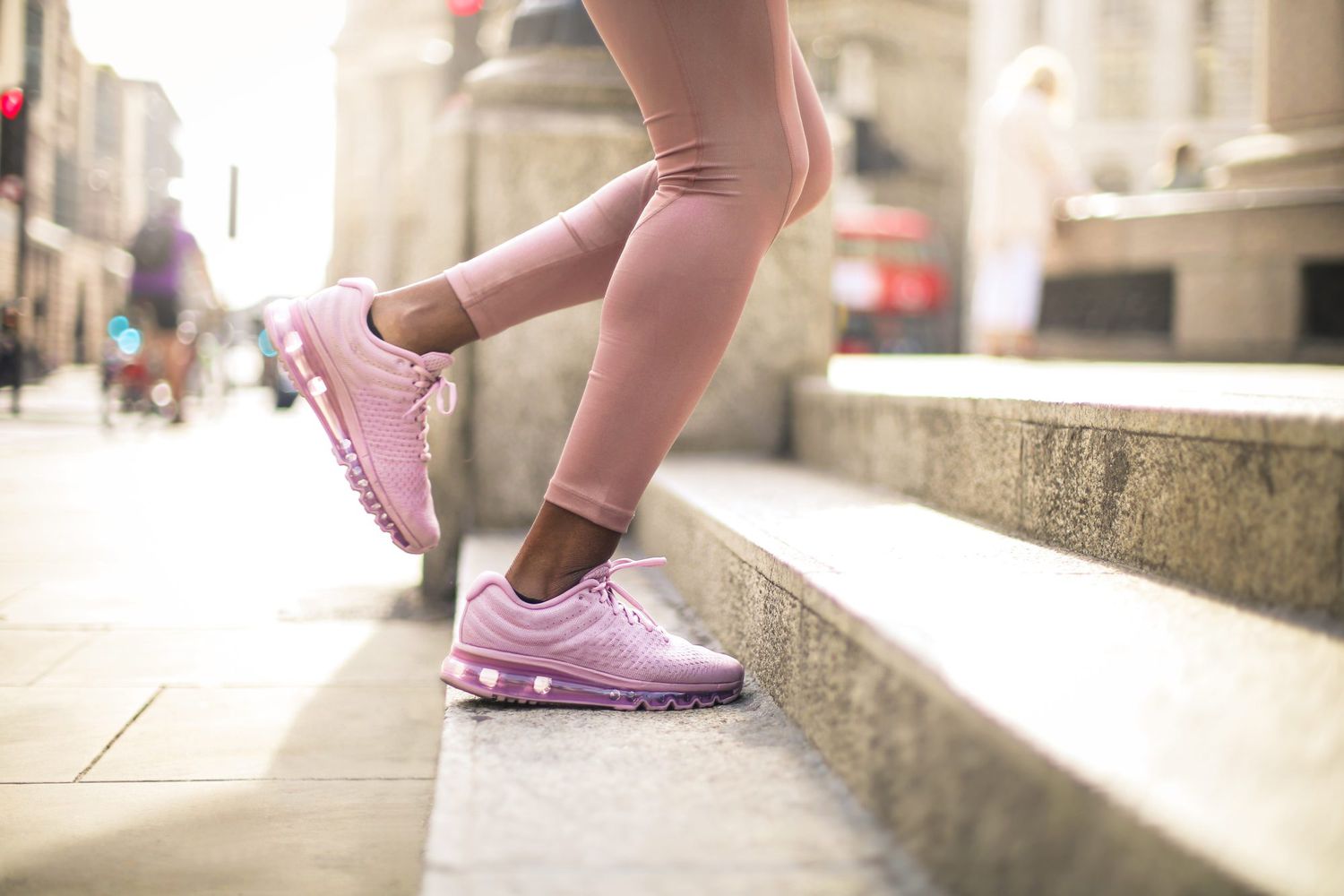The Many Types of Running Shoes: Which Is Right for You?

Whether you’re a seasoned marathon runner or simply enjoy jogging for fun, it’s important to have a good understanding of running shoes. With countless brands and models available, it can be overwhelming to choose the right pair of shoes for your unique needs. In this blog post, we’ll explore the various types of running shoes to help you make an informed decision.
Neutral Shoes: Neutral running shoes offer cushioning and support without any additional stability features. These shoes are ideal for people with normal pronation, meaning their feet don’t roll excessively inward or outward when running. Neutral shoes are typically lightweight and flexible, making them a great choice for speedwork or racing.
Motion Control Shoes: Motion control shoes are designed to provide additional support and stability for people who overpronate. This type of shoe typically features a larger medial post, which is a denser foam material located on the inside of the shoe, to help correct the inward rolling of the foot. Motion control shoes are typically heavier and more rigid than neutral shoes.
Cushioned Shoes: Cushioned running shoes are known for their padding and comfort. These shoes are ideal for people with high arches or those who prefer extra cushioning. Cushioned shoes often have a thick layer of foam or gel in the midsole to absorb shock and reduce impact on the feet.
Trail Shoes: Trail running shoes are designed for off-road running and provide specialized features to handle rough terrain. These shoes typically have a more aggressive tread pattern to provide better traction on uneven surfaces and may include a rock plate to protect feet from sharp rocks. Trail shoes also offer additional protection in the form of sturdy uppers and reinforced soles.
Racing Flats: Racing flats are lightweight, minimal shoes designed for speed and racing performance. These shoes typically have minimal cushioning and support, but make up for it with a lightweight design that allows for quick strides and efficient running movements.
Conclusion: In summary, there are various types of running shoes available at Altra Running to choose from depending on your individual needs and preferences. It’s important to consider factors such as your foot type, the type of terrain you’ll be running on, and the level of support you require when selecting a pair of running shoes. By understanding the differences between each type of shoe, you can make an informed decision and ensure your runs are comfortable and enjoyable.




